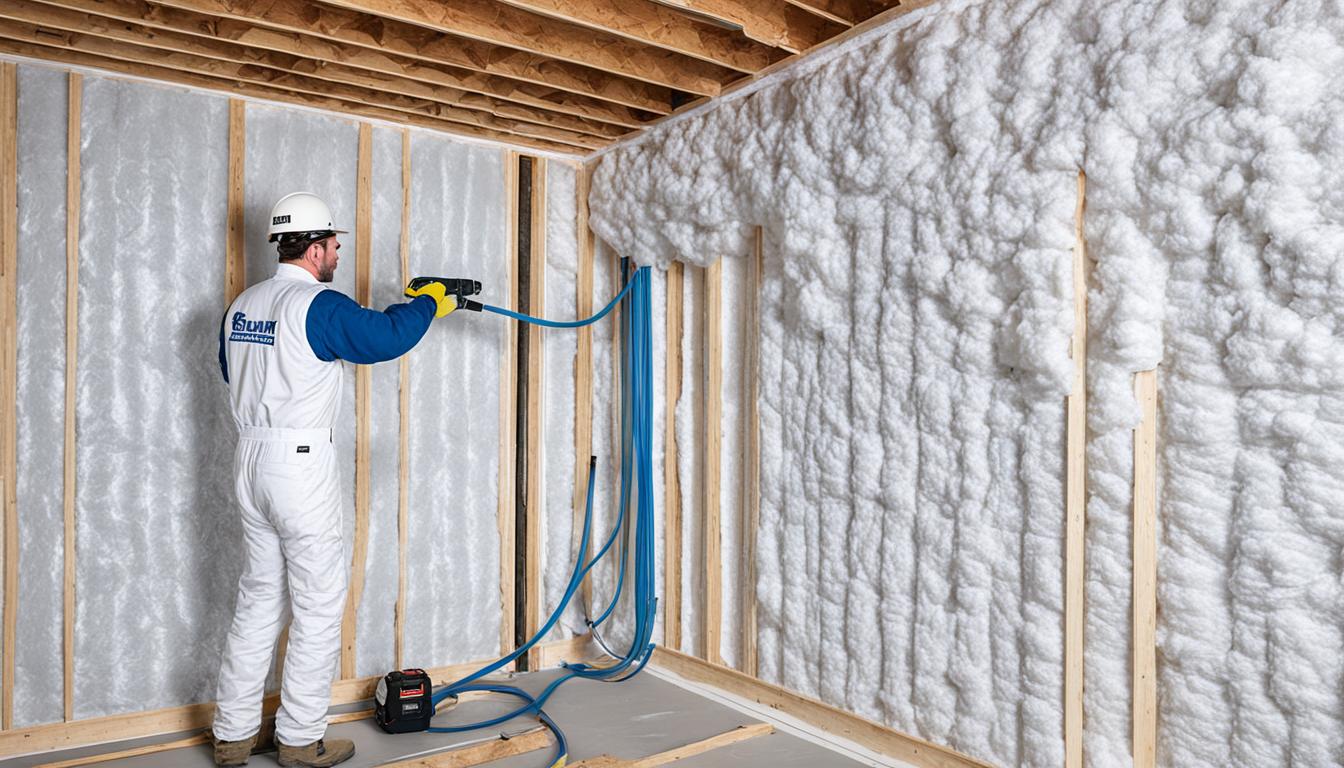In recent years, spray foam insulation has emerged as a superior choice for homeowners and businesses looking to optimize energy efficiency and improve indoor comfort. This innovative insulation solution offers a range of benefits, including enhanced thermal performance, soundproofing, and resistance to moisture and pests. As energy costs continue to rise and environmental concerns grow, many are turning to spray foam insulation as a long-term investment for sustainable living and improved property value.
In this article, we will explore the various spray foam insulation services available, detailing the different types of spray foam, the installation process, and the advantages of using professional services. Whether you’re considering a new installation or an upgrade to your existing insulation, understanding the benefits and options of spray foam can help you make informed decisions that enhance your home’s efficiency and comfort.
Types of Spray Foam Insulation
Spray foam insulation is categorized into two primary types: open-cell and closed-cell. Open-cell spray foam is lighter and more flexible, providing excellent sound absorption and serving as an effective air barrier. It’s often ideal for interior applications like walls and ceilings where thermal resistance is necessary, but structural support is not critical. In contrast, closed-cell spray foam is denser and more rigid, offering superior insulation properties and moisture resistance. This type is best suited for areas that require high insulation values, such as basements and roofs, as it adds structural integrity and helps prevent water infiltration. To explore the wide range of options available, consider checking out Spray Foam Insulation Services in Houston for tailored solutions during your next home improvement project.

The Installation Process
The installation of spray foam insulation is a specialized process that typically requires professional expertise to ensure optimal performance and safety. Initially, the area to be insulated is prepared by clearing the space of any debris and obstacles. Once prepped, professionals mix the spray foam components and apply them using specialized equipment, allowing the foam to expand and fill gaps, creating an effective barrier against air and moisture. Proper installation is crucial, as it directly affects the insulation’s effectiveness and longevity. Post-application, the foam usually cures quickly, allowing for minimal downtime before the space can be used again, significantly enhancing indoor comfort.
In conclusion, opting for spray foam insulation services offers a range of benefits that not only improve energy efficiency but also enhance overall comfort within your home or business. By understanding the differences between open-cell and closed-cell spray foam, you can select the appropriate type to meet your specific insulation needs. Additionally, the professional installation process ensures that the insulation is applied correctly, maximally utilizing its properties to provide a durable and effective barrier against temperature fluctuations, noise, and moisture. Investing in high-quality spray foam insulation is not just about immediate benefits; it’s a strategic choice that adds long-term value to your property while delivering significant savings on energy costs over time. As the demand for eco-friendly and efficient building solutions continues to rise, spray foam insulation stands out as a smart investment for a sustainable future.

Leave a Reply